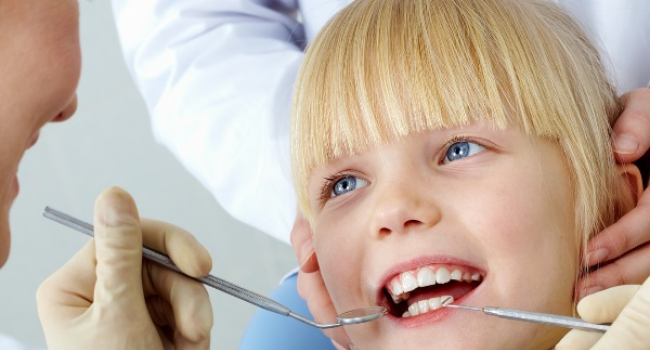- Latest news▼
-
15:32, April 26 ESCMID: New method of purifying the air with ultraviolet light could protect world from new pandemic

-
08:43, April 26 Enzymes that convert different blood groups into first group are discovered

-
19:41, April 25 Children’s Hospital Los Angeles and International Center of Professional Development Allergy/Immunology Conference

-
17:31, April 25 JAMA: patient grew long, curly eyelashes because of chemotherapy

-
11:08, April 25 Mpox epidemic declared in Republic of the Congo

-
08:31, April 25 OU: quitting smoking 4 times more likely to cure laryngeal cancer

-
01:20, April 25 Paralyzed man in China writes hieroglyphs using neural implants placed in his brain

-
15:11, April 24 Zombie deer disease possibly linked to hunters’ deaths

-
12:27, April 23 Appetite: Scientists found out the secret to the appeal of large portions of fast food

-
10:33, April 23 Scientists test new approach to fighting viruses

-
08:38, April 23 Ketamine may help with postpartum depression

-
22:12, April 22 Unhealthy amount of sugar found in baby food products of a well-known brand

-
19:41, April 22 Air pollution puts health of more than 1.6 billion workers globally at risk

-
17:25, April 22 Scientists found baked goods and lack of sleep to be more dangerous than alcohol

-
16:02, April 22 342 cases of measles recorded in Armenia so far in 2024

All materials
What happens to teeth in case of drinking water that is not fluoridated

In 2007, residents of Juneau, Alaska's capital city, voted to stop adding fluoride to drinking water for fear of possible harm. Researchers at the University of Alaska Anchorage tracked the consequences. The results are published in BMC Oral Health.
The study evaluated state Medicaid health insurance data from two groups of children and adolescents aged 18 and younger.
The first group consisted of 853 patients who received dental caries treatment in 2003. They were under "optimal conditions" when the drinking water was fluoridated. The second group, 1,052 patients, were treated for tooth decay in 2012 under "unfavorable conditions" (five years after fluoridation was stopped).
The researchers determined that children under the age of 6 in the first group averaged 1.55 cavities and their effects treated per year, while in the second group the figure rose to 2.52. That is, the children went to the dentist one more time per year after fluoridation was discontinued.
In children and adolescents older than 6 years, the effect was less pronounced. The researchers hypothesized that the partial protection associated with fluoride exposure to tooth enamel at an early age (before the 2007 ban) had an effect.
"The study shows that without optimal levels of fluoride in drinking water and, therefore, in the mouth and saliva, teeth can form with weaker enamel and are unable to remineralize early signs of damage," the researchers explained.
The results prove that even with fluoride toothpaste, rinses and professional caries prevention, water fluoridation has a therapeutic and preventive effect on the population.
The cost of a fluoridation program, which is actually to fluoridate the water, is pennies compared to the cost of cavity treatment, summarized Jennifer Meyer, lead author of the study.
Follow NEWS.am Medicine on Facebook and Twitter
- Video
- Event calendar
- Children’s Hospital Los Angeles and International Center of Professional Development Allergy/Immunology Conference
- First Armenian-German Conference entitled “Heart Failure Spring School”
- Allogeneic bone marrow transplant in case of hematological malignancy performed in Armenia for first time
All materials
- Archive
- Most read
month
week
day
- Scientists found baked goods and lack of sleep to be more dangerous than alcohol 1026
- Next pandemic likely to be triggered by flu - scientists 995
- 342 cases of measles recorded in Armenia so far in 2024 951
- Scientists develop new method to safely stimulate immune cells to fight cancer 810
- Cognitively stimulating jobs in midlife could lower dementia risk in old age, study finds 808
- Blood test can determine who is at risk of developing multiple sclerosis - scientists 807
- Air pollution puts health of more than 1.6 billion workers globally at risk 763
- Unhealthy amount of sugar found in baby food products of a well-known brand 759
- Ketamine may help with postpartum depression 758
- Appetite: Scientists found out the secret to the appeal of large portions of fast food 752
- BrainStimulation: electrical brain stimulation alleviates anxiety and depression in the elderly 741
- Scientists test new approach to fighting viruses 735
- Zombie deer disease possibly linked to hunters’ deaths 668
- Mpox epidemic declared in Republic of the Congo 463
- Paralyzed man in China writes hieroglyphs using neural implants placed in his brain 432
- Find us on Facebook
- Poll





